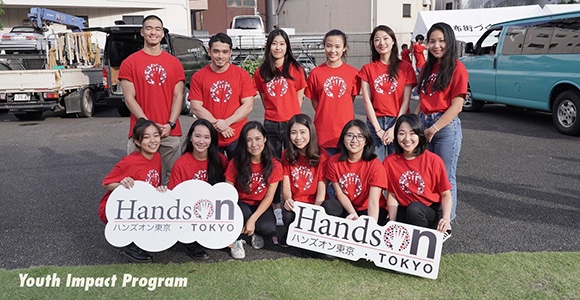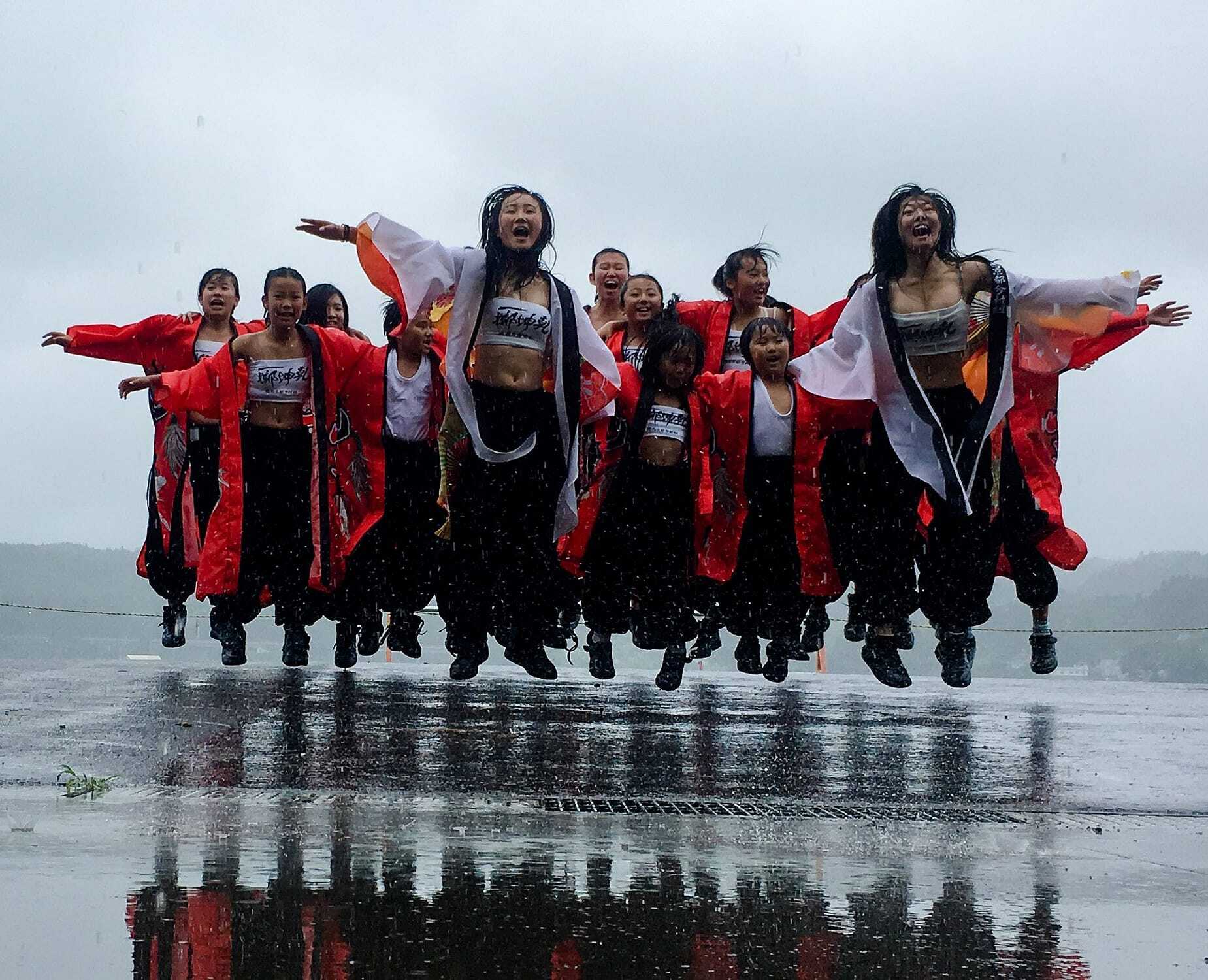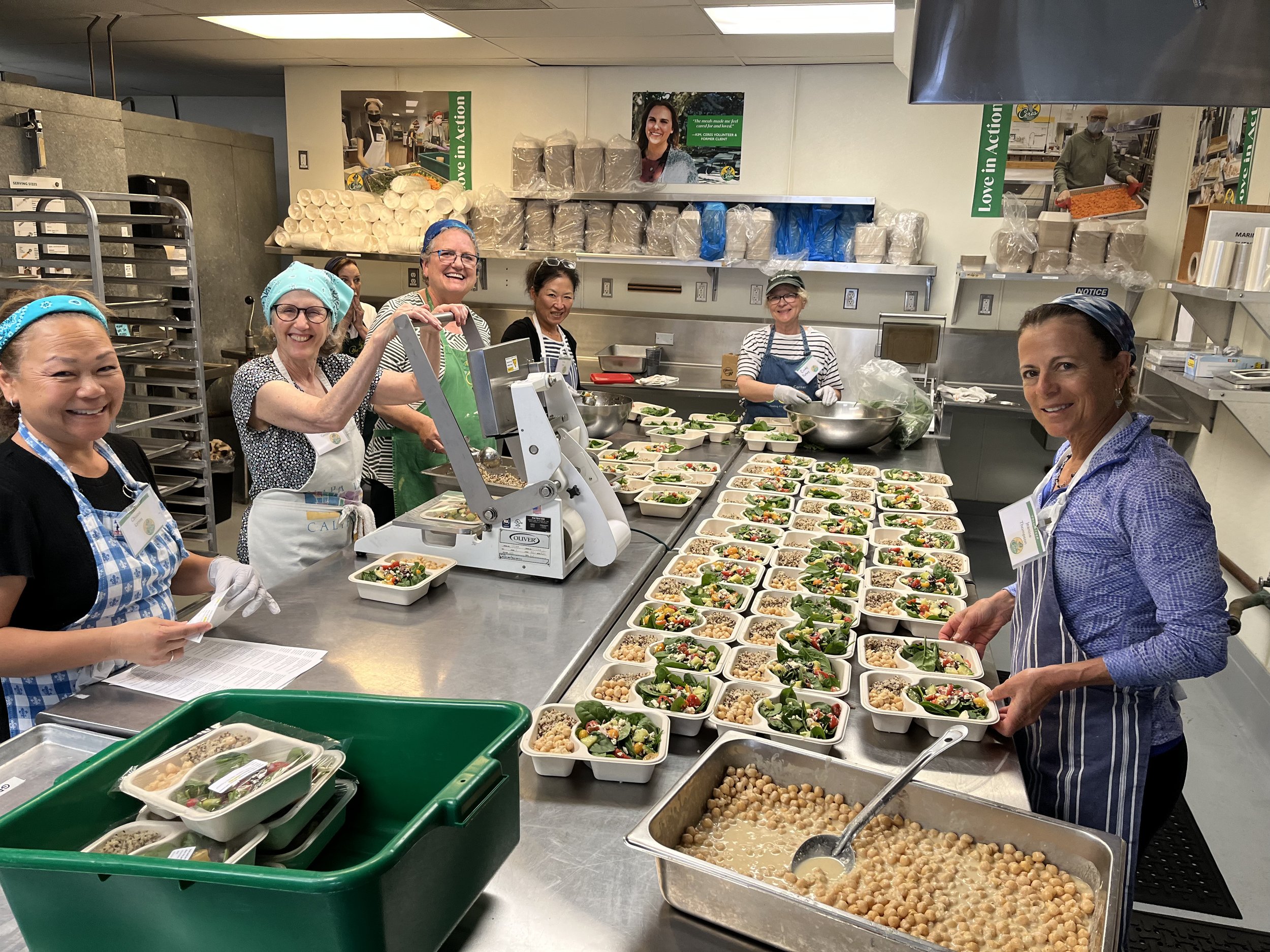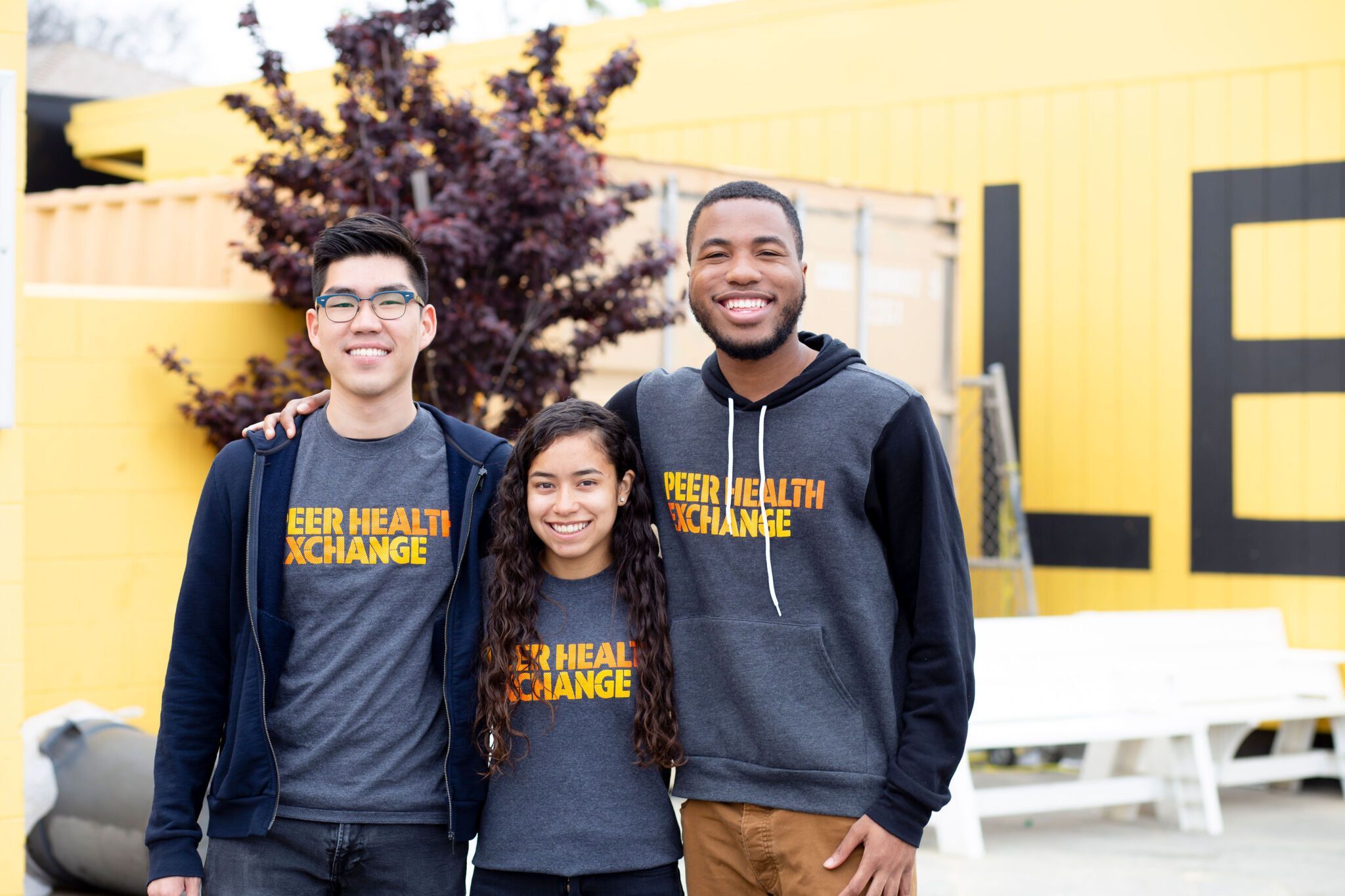Are nonprofits making the most of their volunteers and interns, or simply using them to get routine tasks done? In both Japan and the United States, volunteers and interns play an essential role in the nonprofit sector. Yet organizations on both sides of the Pacific continue to grapple with how to integrate this energy effectively. Sarajean Rossitto, a leading figure in the Japanese nonprofit geography who teaches NPO management at Sophia University, notes that “Many nonprofits haven’t developed coherent goals, structures, or procedures to identify and match the skills interns bring.” Without investment in planning and oversight, these programs risk creating frustration—for all involved. This article reviews current trends, shared challenges, and four success stories that suggest innovative ways forward.
Free Labor or Energetic Inspiration?
Rethinking Volunteer Power Across the Pacific
Japan’s Volunteer Wave: From Disaster Relief to ESG
 Volunteerism in Japan gained momentum following the 1995 Great Hanshin Earthquake, often described as the country’s “Year 1 of Volunteering.” That crisis triggered a surge in civic engagement that laid the foundation for the vibrant and diverse nonprofit sector seen today. Japanese nonprofits now rely on volunteers in areas ranging from disaster relief and environmental conservation to education and elder care.
Volunteerism in Japan gained momentum following the 1995 Great Hanshin Earthquake, often described as the country’s “Year 1 of Volunteering.” That crisis triggered a surge in civic engagement that laid the foundation for the vibrant and diverse nonprofit sector seen today. Japanese nonprofits now rely on volunteers in areas ranging from disaster relief and environmental conservation to education and elder care.
Internship programs, though still less common than in the U.S., are gaining ground. Organizations like Ashinaga and ANT-Hiroshima offer structured programs for students and early-career professionals in peacebuilding, international cooperation, and education. These internships provide meaningful hands-on experiences, often tailored to young people seeking to engage with social issues beyond the classroom.
A more recent development is the rapid growth of corporate volunteering in Japan. According to a 2025 industry report, 67% of Japanese companies now offer formal volunteering programs; many of which are aligned with Environmental, Social, and Governance (ESG) or Corporate Social Responsibility (CSR) goals. Hybrid and skills-based volunteering is also becoming more common, mirroring post-pandemic shifts in work culture.
U.S. Volunteers in the Modern Era: Beyond the Bake Sale
 Volunteering has long been embedded in American civic life. Each year, Americans contribute approximately 4.1 billion hours of service, valued at an estimated $122.9 billion (about ¥18.4 trillion). Volunteers support nonprofits in roles that span food distribution, mentoring, legal aid, disaster response, and more.
Volunteering has long been embedded in American civic life. Each year, Americans contribute approximately 4.1 billion hours of service, valued at an estimated $122.9 billion (about ¥18.4 trillion). Volunteers support nonprofits in roles that span food distribution, mentoring, legal aid, disaster response, and more.
Internships in the nonprofit sector are widely recognized as an important entry point for younger professionals. While concerns remain around equity and access, particularly in unpaid roles, internships are increasingly seen as opportunities for skill development, exposure to mission-driven work, and career exploration.
An important shift is taking place across the U.S. nonprofit sector: volunteers and interns are being asked not only to support day-to-day operations but also to apply specific expertise, from graphic design and coding to data analysis and policy research. This skills-based model reflects a deeper understanding of how diverse contributions can help strengthen nonprofit capacity.
Common Struggles, Shared Lessons
Despite these national differences, nonprofits in Japan and the U.S. face several common challenges when it comes to volunteer and intern engagement:
- Equity and Access: Unpaid internships limit participation for individuals without financial means, reinforcing social inequities. In cities like Tokyo, where living costs are high, a three-month internship can represent a significant financial burden.
- Legal and Structural Ambiguities: Organizations must understand the legal distinctions between volunteers, interns, and employees, particularly when offering stipends or academic credit.
- Cultural and Language Barriers: Cross-border and cross-cultural volunteer programs often encounter challenges related to communication, work styles, and expectations.
- Power Dynamics: International volunteers, especially those from more privileged backgrounds, may unintentionally reinforce inequalities unless care is taken to ensure equitable collaboration.
- Sustaining Engagement: Shifting work-life priorities and pandemic-era disruptions have made long-term volunteer retention more difficult for nonprofits in both countries.
- Emotional and Psychological Demands: Volunteers and interns working in high-pressure or emotionally charged settings may face burnout, culture shock, or isolation.
What is Working—and Why

HandsOn Tokyo operates a bilingual online platform that matches Japanese and international volunteers with local nonprofits. What makes it effective is the consistency: every event, whether it’s a park cleanup or cooking class, is staffed by trained project coordinators who offer guidance in both Japanese and English. This hands-on, inclusive approach ensures that even first-time or short-term volunteers are well-supported and impactful.

Born out of the 2011 Tōhoku disaster, Place To Grow has evolved into a long-term recovery and community-building nonprofit. Volunteers don’t just implement projects – they help design them. From bilingual storybook readings to running clubs, every activity is co-created with local partners. One of their innovations is the use of community liaisons; longer-term volunteers who serve as bridges between the organization and local leadership. This model promotes trust, cultural relevance, and long-term sustainability.

The Ceres Community Project in Sebastopol engages teen volunteers in preparing nutritious, medically tailored meals for people with serious illnesses. Participants rotate between kitchen and garden roles, guided by adult mentors who support skill-building in food safety, nutrition, and logistics. This structured, intergenerational model emphasizes leadership and responsibility while providing immediate benefits to the local community.

Peer Health Exchange trains college students to deliver health education workshops in underserved high schools. Volunteers lead lessons on nutrition, mental health, and sexual health using standardized, evidence-based curricula. Since its founding, the program has reached more than 188,000 high school students in nine major U.S. cities. This model empowers interns to take on real teaching roles while providing vital public health knowledge to youth.
Key Takeaways for Nonprofits
The most effective nonprofits don’t just use volunteers and interns; they engage them intentionally. Drawing from the cases above, several best practices emerge.
A Call to Rethink and Reinvest
Volunteers and interns represent more than just free labor — they are sources of creativity, commitment, and connection. By building structured, inclusive, and mutually beneficial programs, nonprofits in Japan and the United States can not only amplify their impact but also help shape the next generation of changemakers.
At the United States-Japan Foundation, we believe in the power of cross-cultural civic engagement. Through our grants and partnerships, we support nonprofits that are building stronger, smarter, and more inclusive models of volunteer and intern engagement. We invite you to join us.

